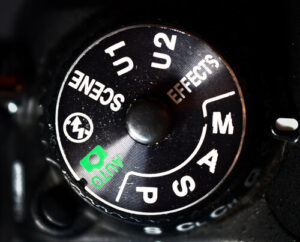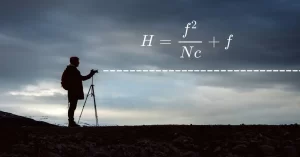Understanding Dynamic Range in Photography

The concept of dynamic range is fundamental to photography. However, it’s frequently overlooked or misunderstood. Dynamic range is the range of brightness in an image, from the brightest highlights down to the deepest shadows. It is crucial to how well a camera captures scenes with different degrees of contrast.
Dynamic Range: A Simple Example
Imagine that you are in a room with a whisperer. You can distinguish between the quietest whispers and the loudest sounds you can tolerate. This ability to detect different levels of sound is similar to the dynamic range of photography where the camera can capture fine details in both dark and bright areas.
The Technical Stuff
The dynamic range can be defined technically as the ratio of the highest and lowest values detected by the camera sensor. The dynamic range is often measured in stops, where each stop represents a doubling of the light intensity or a halving. Overriding the dynamic range of a camera can lead to loss of information and result in overexposed highlights, or underexposed dark shadows.
How can we use dynamic range in photography?
Understanding dynamic ranges is crucial for exposure decisions. Photographers can adjust settings accurately by using different metering modes such as center-weighted metering and spot metering. HDR photography, for example, can increase dynamic range by blending several exposures of a scene.
Film vs. Digital
Digital photographers have traditionally exposed their images to the right in order to maximize the dynamic range. Digital sensors offer a greater dynamic range, particularly in low-light situations. RAW format allows you to capture more data, and post-processing is easier.
Reduce Dynamic Range with Tools
Neutral-density lenses are essential tools for landscape photographers. They allow them to balance exposure and reduce the intensity of light in scenes with high contrast. Graduated ND filter are especially useful for landscapes that have bright skies with dark foregrounds.
What is the Dynamic Range I need?
Digital cameras have a range of capabilities that is different from the human eye. High-end cameras offer a dynamic range of 12-15 stops, which allows photographers to capture details in difficult lighting conditions. Understanding the dynamic range of a camera helps photographers select the best tool for their job.
The conclusion of the article is:
The dynamic range of a camera is an important aspect of photography. It determines how well it can capture scenes that have varying contrast levels. Understanding dynamic range, and using techniques to increase it, allows photographers to create images that capture all the spectrum of light.
About the Author
Adam Klann, a freelancer photographer from Bangkok, Thailand. Adam Klann’s photography has appeared in many publications. He is passionate about capturing nature and urban life. Adam’s website, Twitter and Instagram have more amazing photography.



